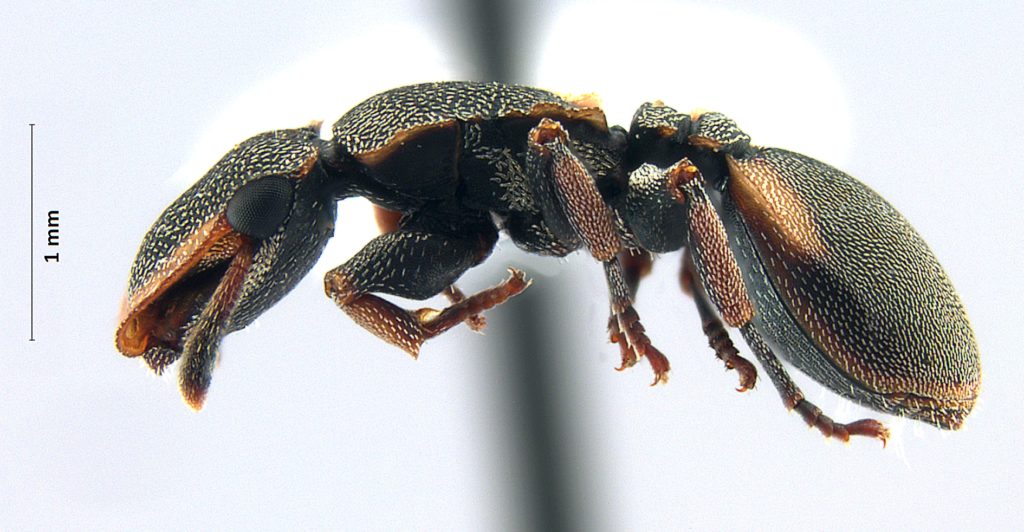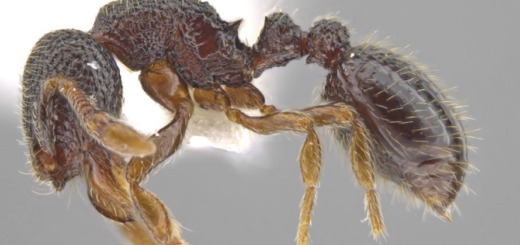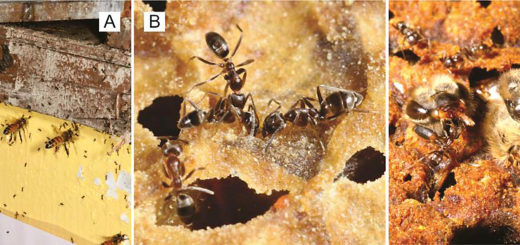A new open and upgradable database reveals the geographical distribution of Mexican ants
In the recently published article “MEXICO ANTS: incidence and abundance along the Nearctic-Neotropical interface” in Ecology, Wesley Dáttilo and colleagues compiled all information available on Mexican ants and identified major patterns in the dataset and geographic gaps in order to direct future sampling efforts. Here, Wesley shares the main findings of their study.
A View by Wesley Dáttilo

All data is publicly accessible at https://doi.org/10.1002/ecy.2944
A team of 79 scientists from more than 50 institutions partnered to gather all available information regarding Mexican ants published since 1894, the year from which the first geographical record of an ant is known for the country (at the Reserve of the Sierra la Laguna Biosphere in Baja California Sur). Examining different sources of information, these scientists managed to collect more than 21,000 ant records (including both native and exotic species) from all 32 states. This new study published in Ecology shows that there are about 900 species of ants in Mexico that are distributed unevenly across the country.

Ant species Anochetus mayri sampled in the Los Tuxtlas Biosphere Reserve, Veracruz. (© Diana Ahuatzin) 
Ant species Cephalotes scutulatus sampled in the Los Tuxtlas Biosphere Reserve, Veracruz. (© Diana Ahuatzin)
The authors of the study stress that the large amount of information they gathered was only possible thanks to the massive effort and collaboration between myrmecologists from different locations. “It has really been a work to create an ant society in terms of organization, division of labor, communication between individuals, and the ability to solve complex problems regarding the diversity of this extremely diverse group,” explains Dr. Wesley Dáttilo researcher at the Institute of Ecology AC, a Public Research Center of the National Council of Science and Technology, who led this publication together with Dr. Miguel Vázquez-Bolaños from the University of Guadalajara. The authors of this important publication on the diversity and distribution of Mexican ants hope that this specific contribution will serve as a scientific basis for the establishment of conservation policies and actions countrywide.

Ant species Pogonomyrmex barbatus sampled in the Tehuacán-Cuicatlán Biosphere Reserve, Puebla. (© Pedro Luna.) 
Wesley Dáttilo (beige shirt) and his students Diana Ahuatzin (white shirt), Pedro Luna (green shirt) and Edgar Chávez (yellow shirt) collected ants in the Los Tuxtlas Biosphere Reserve, the Mexican site with the largest number of ant species (n= 292). (© Wesley Dáttilo)









Recent Comments